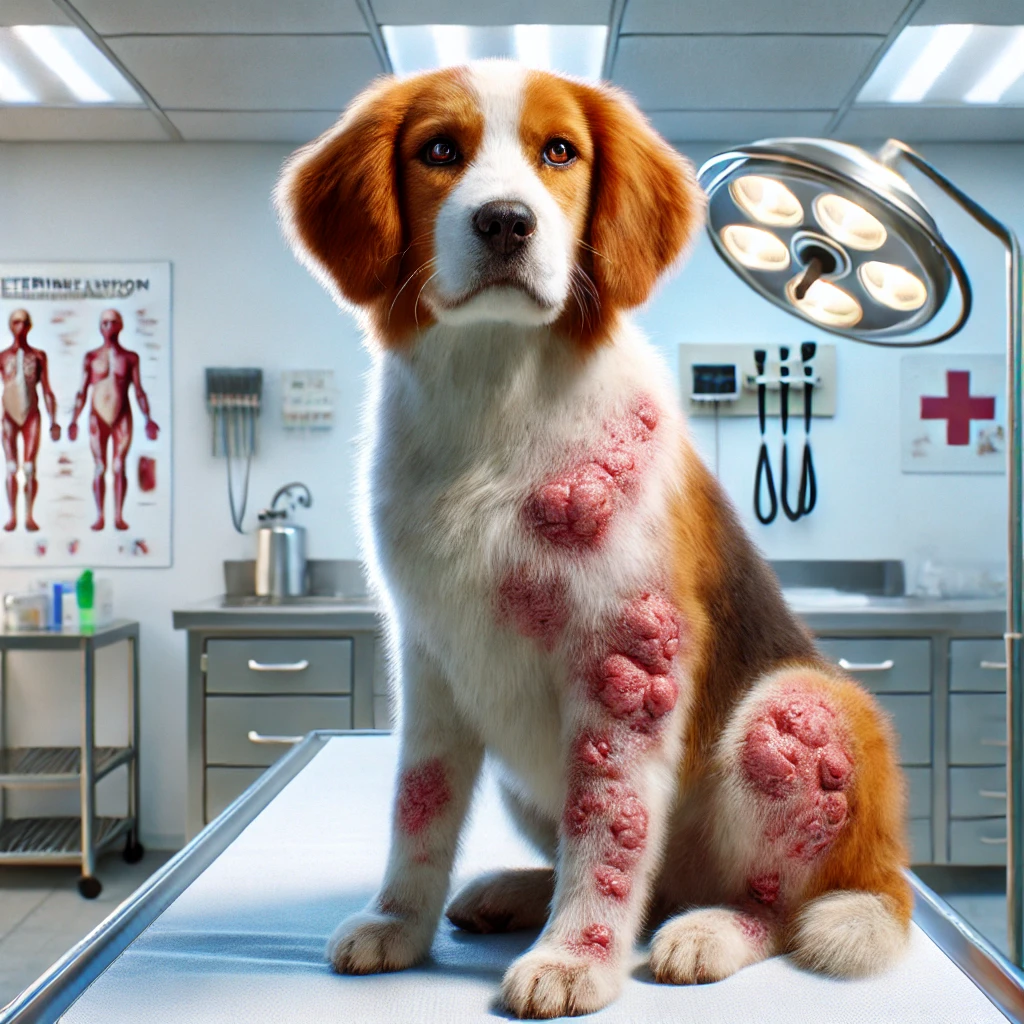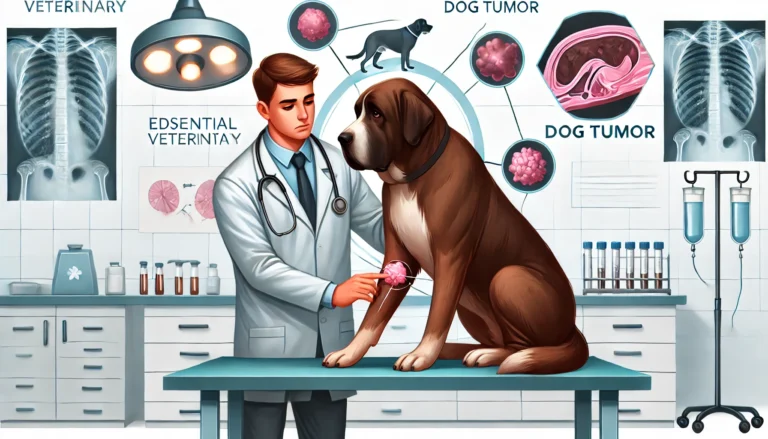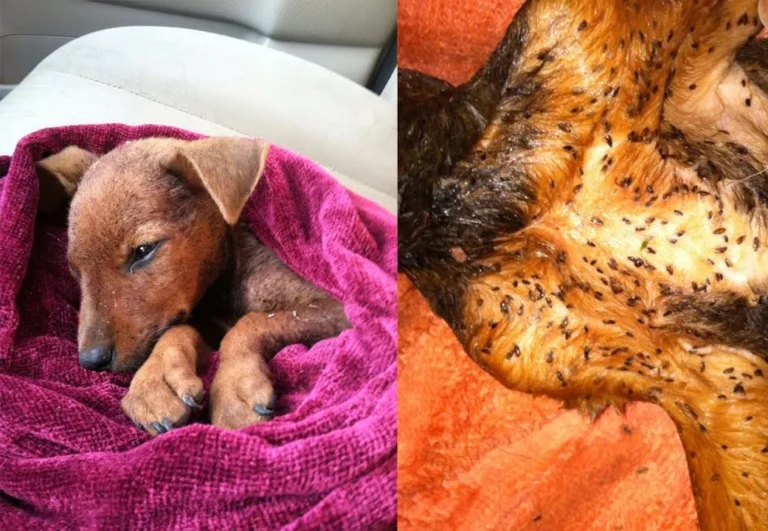skin infections in dogs

Skin infections in dogs are a common concern among pet owners, affecting canine health and comfort. Understanding the diverse types of skin infections in dogs and their symptoms is crucial for timely diagnosis and effective treatment. This comprehensive guide explores bacterial and fungal skin infections, parasitic infestations, diagnosis methods, treatment options, and preventive measures to help dog owners maintain their pet’s skin health.
Types of Skin Infections in Dogs
Bacterial Skin Infections in Dogs
Bacterial skin infections in dogs, such as those treated with gentaved topical spray, are often caused by Staphylococcus bacteria. These infections can result from underlying issues like allergies or hormonal imbalances, leading to various skin problems in dogs. Symptoms like redness, pustules, and hair loss are common signs of bacterial skin infections in dogs, requiring prompt treatment with antibiotics and topical medications like gentaved topical spray for dogs.
Fungal Skin Infections in Dogs
Yeast infections (Malassezia) and ringworm (Dermatophytosis) are common fungal skin infections in dogs. These dog skin issues present with symptoms such as itching, skin infections pictures, and circular patches of hair loss. Treatment involves antifungal medications, including tablets for dog skin infection, and medicated shampoos to manage skin problems in dogs and prevent recurrence.
Parasitic Skin Infections in Dogs
Parasitic skin infections, such as canine skin conditions caused by mites, fleas, and ticks, are another concern for dog owners. Demodectic mange and Sarcoptic mange are examples of parasitic skin infections in dogs, resulting in intense itching and skin infection photos. Treatment includes parasiticides and environmental control measures to eliminate parasites and prevent dog skin infection pictures.
Table: Types of Skin Infections in Dogs
| Type of Infection | Description | Common Causes | Symptoms | Treatment Options |
|---|---|---|---|---|
| Bacterial Infections | Caused by Staphylococcus bacteria; secondary to allergies | Allergies, hormonal imbalances | Redness, pustules, hair loss | Antibiotics (e.g., gentaved topical spray), topical ointments |
| Fungal Infections | Yeast (Malassezia), ringworm (Dermatophytosis) | Moisture, compromised immune system | Itching, circular patches, scaling | Antifungal medications, medicated shampoos |
| Parasitic Infections | Mites (e.g., Demodectic mange), fleas, ticks | Environmental exposure | Intense itching, hair loss, skin irritation | Parasiticides, environmental control |
Diagnosis of Skin Infections in Dogs
Diagnosing skin infections in dogs involves a thorough physical examination, skin scraping, and microscopic evaluation. Veterinary tests like skin infection in dogs images and allergy testing are crucial for identifying the underlying cause of skin infection in dogs and designing an effective treatment plan.
Table: Common Symptoms and Treatment Options
| Symptom | Common Causes | Treatment Options |
|---|---|---|
| Redness | Bacterial, fungal infections | Antibiotics, antifungal medications |
| Itching | Parasitic infestations | Medicated shampoos, parasiticides |
| Hair Loss | Allergies, mites | Topical treatments, environmental control |
| Pustules | Bacterial infections | Gentaved topical spray, topical ointments |
Treatment Options for Skin Infections in Dogs
Effective treatment of skin infections in dogs, such as dog antibiotics for skin infection, involves antibiotics for dogs skin and antifungal medications prescribed by a veterinarian. Topical treatments and skin infection images are used to manage symptoms and promote healing, while nutritional supplements and how to treat skin infection, diet adjustments support skin health.
Tips
From allergies to injuries, swollen paws in dogs can be a telltale sign of discomfort and require prompt veterinary attention for relief.
Home Care and Management of Skin Infections in Dogs
Proactive dog skin diseases and infections, grooming practices and how to treat dog skin infection at home, such as grooming practices and skin infection on dog, are essential for managing skin infection on dog and dog infection. Consulting a veterinarian for bacterial infection on dog skin, signs of an infection in a dog, regular check-ups and follow-up visits, including medicine for skin infection in dogs, are crucial for monitoring skin infection medicine for dogs and dog skin infection medication.
Preventive Measures for Skin Infections in Dogs
Preventing skin conditions for dogs and dog skin problems treatment involves maintaining good hygiene, canine bacterial dermatitis, and using parasite preventives. Identifying and treating skin conditions for dogs and dog skin infection antibiotics, early can prevent skin conditions in dogs and dog medicine for skin infection, and reduce the spread of skin conditions for dogs and dog medicine for skin infection.

Conclusion on Skin Infections in Dogs
By understanding the types of skin infections in dogs, common skin disorders in dogs, and how to treat a dog skin infection at home, dog owners can dogs skin problems, skin parasites dogs, and canine skin infection antibiotics.
How do you treat a dog’s skin infection?
Treating a dog’s skin infection involves several steps:
Diagnosis: Visit a veterinarian for a proper diagnosis through skin scrapings, cultures, or other tests.
Medication: Depending on the type of infection (bacterial, fungal, parasitic), your vet may prescribe antibiotics, antifungals, or parasiticides.
Topical Treatments: Use medicated shampoos, sprays, or ointments as directed to treat localized symptoms and promote healing.
Environmental Management: Keep your dog’s living environment clean and dry to prevent re-infection.
Follow-Up: Follow your vet’s instructions for medication dosage and duration, and schedule follow-up appointments as needed to monitor progress.
What does fungal infection on dog skin look like?
A fungal infection on a dog’s skin, such as ringworm (Dermatophytosis) or yeast (Malassezia), typically presents with:
Circular Patches: Areas of hair loss with red, inflamed borders.
Scaling or Crusting: Skin may appear scaly or crusty.
Itching: Dogs may scratch or lick excessively due to discomfort.
Odor: Yeast infections can sometimes cause a musty or unpleasant odor.
If you notice these symptoms, it’s crucial to consult a veterinarian for proper diagnosis and treatment.
What is the most common bacterial skin infection in dogs?
The most common bacterial skin infection in dogs is pyoderma, which is often caused by Staphylococcus bacteria. Pyoderma can occur as a primary infection or secondary to other underlying conditions such as allergies, hormonal imbalances, or parasitic infestations. Symptoms include red, inflamed skin, pustules (pus-filled bumps), itching, and hair loss. Treatment typically involves antibiotics prescribed by a veterinarian based on culture and sensitivity testing.
What happens if a dog’s skin infection goes untreated?
If a dog’s skin infection goes untreated, several complications can arise:
Spread of Infection: The infection may spread to other parts of the body or become more severe.
Chronic Discomfort: Persistent itching, pain, and discomfort for the dog.
Secondary Infections: Weakened skin defenses can lead to secondary infections by other bacteria or fungi.
Systemic Illness: In severe cases, untreated infections can lead to systemic illness affecting organs and overall health.
Early detection and prompt treatment are essential to prevent these complications.
How to treat a dog infection at home?
Treating a dog infection at home should be done under veterinary guidance and typically involves:
Medication Administration: Administer prescribed medications (antibiotics, antifungals) as directed by your vet.
Topical Treatments: Apply prescribed topical treatments (shampoos, ointments) to affected areas.
Cleanliness: Keep the affected area clean and dry to prevent further irritation and infection.
Environmental Control: Wash bedding and regularly clean living areas to reduce potential sources of infection.
Diet and Supplements: Follow any dietary recommendations or supplements that support skin health as advised by your vet.
Always monitor your dog’s condition closely and contact your veterinarian if you notice any worsening symptoms or lack of improvement.
What is the best antibiotic for dogs with skin infections?
The choice of antibiotic for dogs with skin infections depends on the type and severity of the infection, as well as the results of culture and sensitivity testing. Commonly prescribed antibiotics for bacterial skin infections in dogs include:
Cephalexin: Effective against a wide range of bacteria and commonly used for pyoderma.
Clindamycin: Useful for infections caused by Staphylococcus and other bacteria resistant to other antibiotics.
Amoxicillin-Clavulanate: Provides broader coverage and is effective against many bacterial infections.
Your veterinarian will determine the best antibiotic based on their assessment of your dog’s condition and diagnostic results. It’s crucial to follow their dosage instructions and complete the full course of treatment to ensure effective resolution of the infection.






